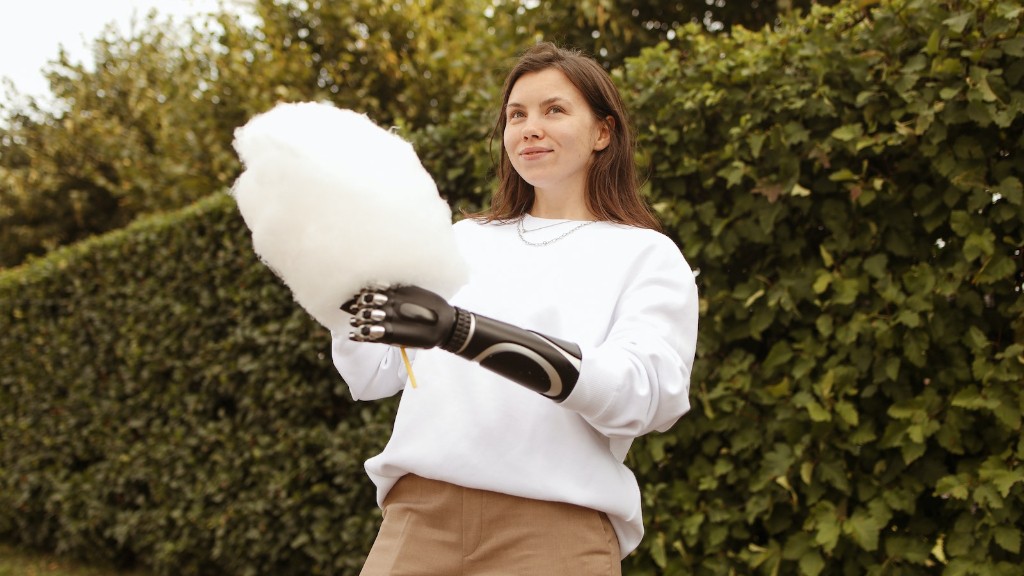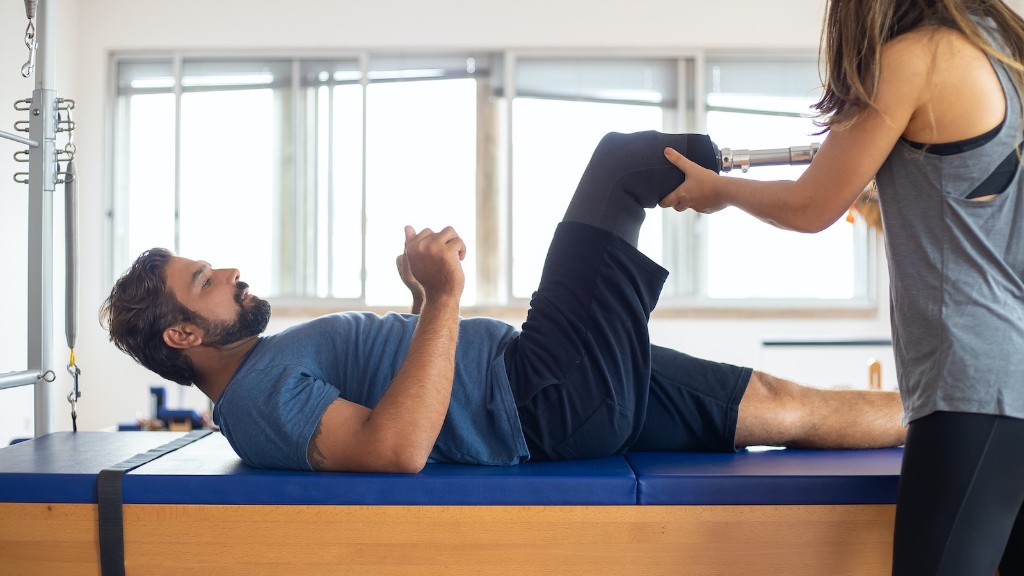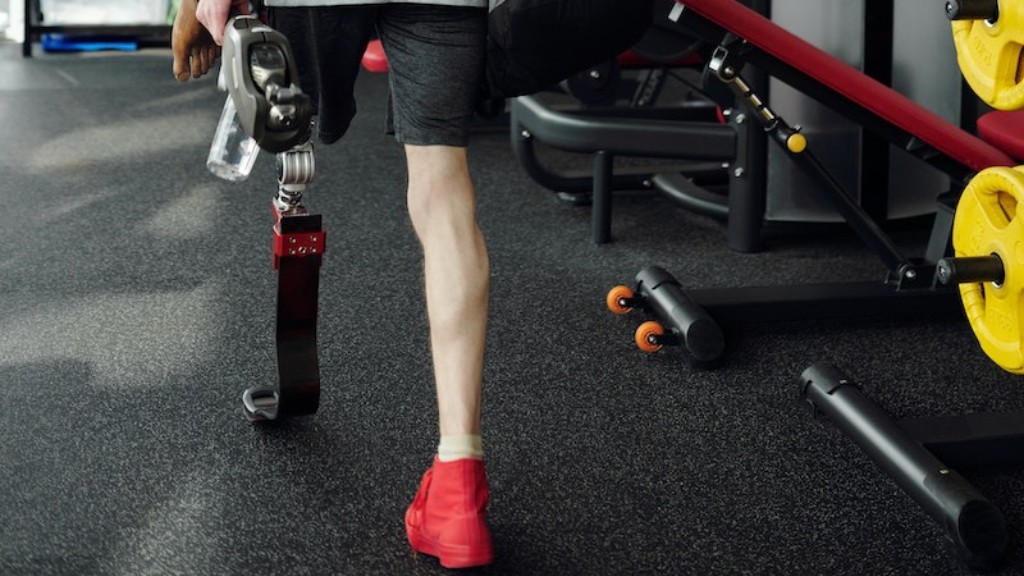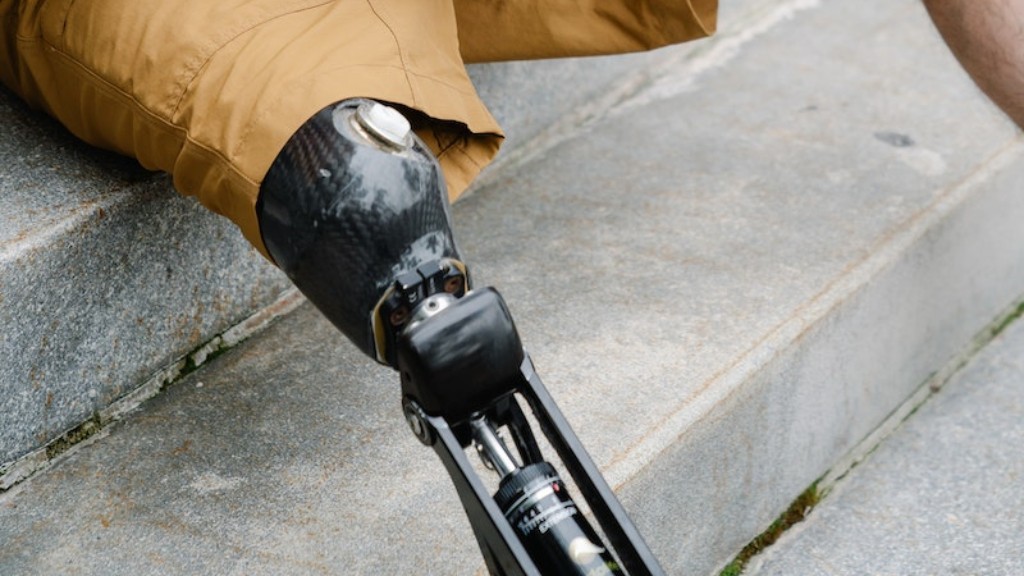How Long Have People Been Using Prosthetics
A Brief History of Prosthetics
Prosthetics, or artificial limbs, have a long and fascinating history dating back thousands of years. Ancient Egyptians were among the first to use prosthetics, as evidenced by the discovery of a wooden toe dating back to around 950 BCE. This toe, which was attached to a mummy, was a functional replacement for a lost limb.
The use of prosthetics continued to evolve throughout history. Ancient Greeks and Romans crafted prosthetic limbs using various materials such as wood, iron, and bronze. The Roman general Marcus Sergius, for instance, was said to have a prosthetic arm that allowed him to continue fighting in battles after losing his own limb.
However, it wasn’t until the Middle Ages that significant advancements were made in prosthetic technology. Iron prosthetic hands, complete with movable fingers, were developed, providing amputees with a more functional replacement. These early developments paved the way for further progress in the field.
Modern Prosthetics
In recent years, the field of prosthetics has witnessed remarkable advancements, thanks to advancements in materials, manufacturing techniques, and robotics. Prosthetic limbs have become more sophisticated, closely mimicking the movement and dexterity of natural limbs. Recent developments also include mind-controlled prosthetics, allowing users to move their artificial limbs through brain signals.
One example of modern prosthetic technology is the “Luke Arm,” developed by inventor Dean Kamen. This advanced prosthetic arm has multiple joints and is capable of performing delicate tasks, such as picking up an egg without breaking it. It utilizes a combination of sensors, motors, and advanced software to provide users with an unprecedented level of control and functionality.
The widespread adoption of 3D printing technology has also revolutionized the prosthetics industry. 3D-printed prosthetic limbs are more affordable, customizable, and accessible than traditional alternatives. This has allowed many individuals, particularly in developing countries, to gain access to prosthetic limbs that were previously out of reach.
The Impact on Society
The use of prosthetics has had both positive and negative implications on society. On one hand, prosthetics have significantly improved the quality of life for individuals with limb loss or limb difference. They offer independence, mobility, and the ability to engage in various activities without limitations. Prosthetics have enabled athletes with amputations to compete at the highest level in sports, challenging societal norms and inspiring others.
On the other hand, the cost and accessibility of prosthetic limbs remain significant barriers. In many parts of the world, prosthetics are not covered by insurance or healthcare systems, leaving individuals struggling to afford these life-changing devices. Additionally, the emotional and psychological impact of living with a prosthetic limb can be challenging for some individuals, as it serves as a constant reminder of their loss.
The Way Forward
As technology continues to advance, the future of prosthetics looks promising. Researchers are exploring the possibilities of neural interfaces that can transmit sensory feedback from the prosthetic limb to the user, creating a more natural and intuitive experience. The integration of artificial intelligence and machine learning algorithms also holds great potential for further enhancing the functionality and adaptability of prosthetics.
However, it is crucial that affordable and accessible prosthetic solutions be developed to ensure that individuals in need can benefit from these advancements. Partnerships between researchers, manufacturers, and healthcare providers are essential in driving innovation and making prosthetics more widely available.
Additionally, society must continue to break down stigmas and stereotypes surrounding limb difference. By promoting inclusivity and creating a supportive environment, we can empower individuals with prosthetics and ensure they can fully participate in all aspects of life.
Conclusion
The use of prosthetics has a long history and has come a long way since ancient times. While advancements in technology have improved the functionality and accessibility of prosthetic limbs, challenges related to cost, accessibility, and societal attitudes still remain. It is through continued research, collaboration, and social progress that we can continue to enhance the lives of individuals with limb loss or limb difference and create a more inclusive society.



